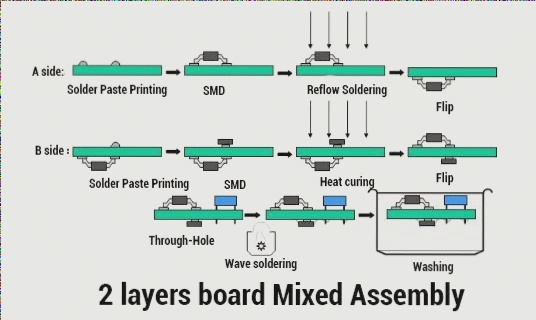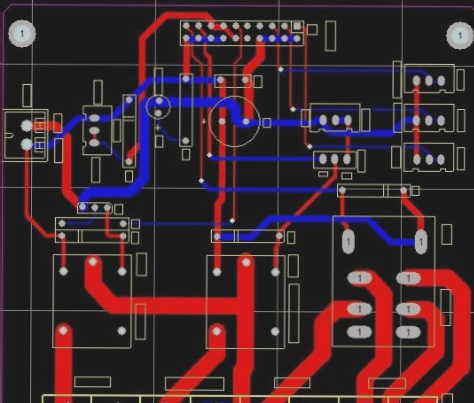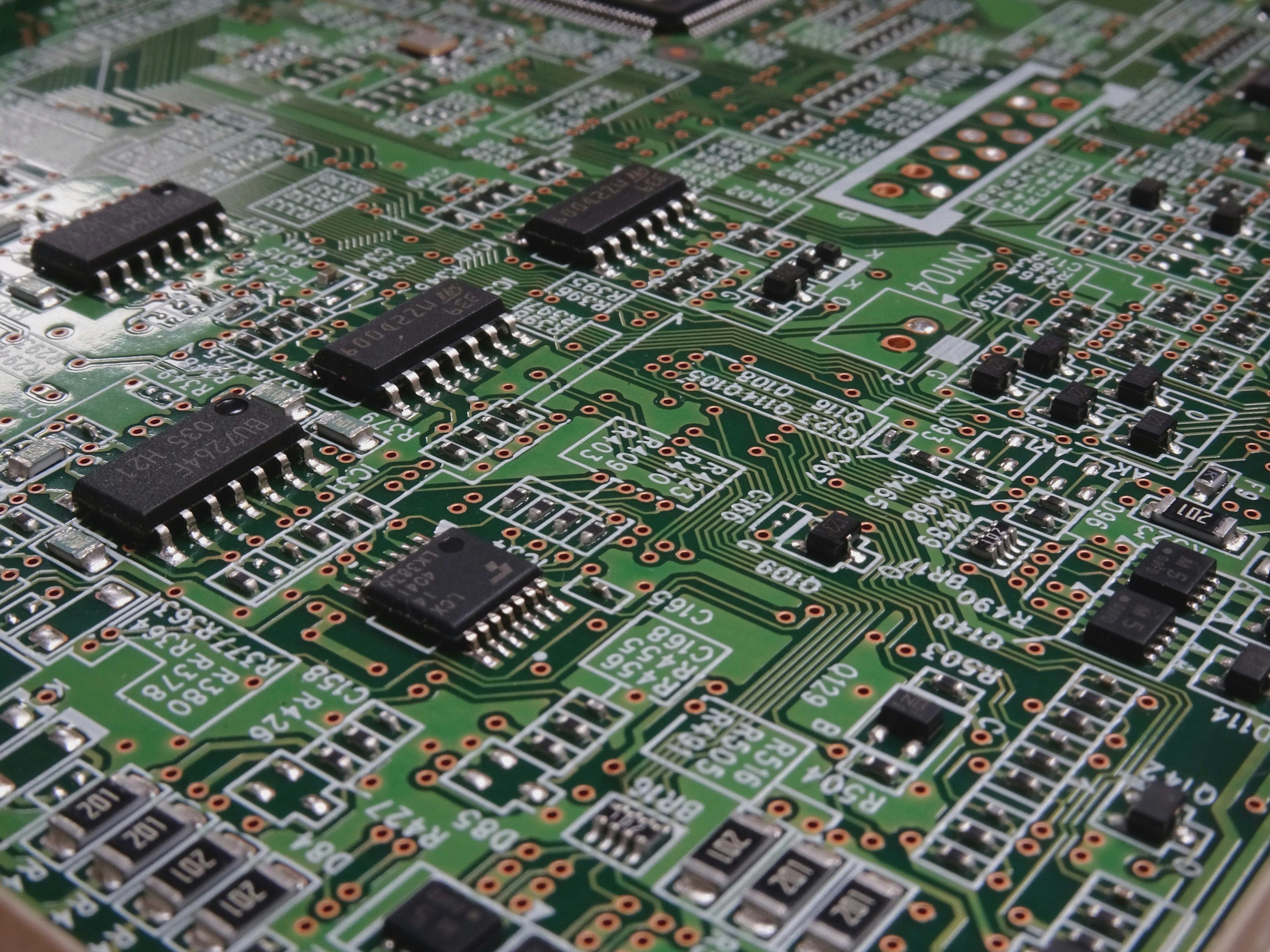Challenges and Opportunities in the PCB Industry
Both PCB manufacturers and downstream producers in the industry are facing similar challenges. The surge in raw material prices and the anticipation of a new market demand wave worth billions are key issues. To ensure long-term growth, companies must focus on technology, product innovation, branding, and distribution channels to stay competitive and avoid price wars.
Shift Towards High-End Markets
Competing in the electronics manufacturing sector is intense, but forward-thinking companies are moving away from price wars and targeting higher-end markets, especially in advanced displays.
Impact of 5G Era and Market Trends
The transition to the 5G era in China is expected to drive growth in consumer electronics, leading to a surge in demand for high-frequency copper clad laminates. Additionally, strategic shifts towards emerging markets like communications, lithium batteries, and automotive sectors are on the rise, impacting the competition among PCB companies.

Supply Chain Challenges
The sharp increase in PCB prices and the scarcity of essential raw materials like copper foil and glass cloth are causing disruptions in the supply chain. This shortage is straining manufacturers and affecting delivery timelines, leading to challenges in meeting market demands and industry consolidation.
Environmental Concerns and Industry Adaptation
PCBs play a crucial role in modern technology, but their production processes have raised environmental concerns. Government regulations emphasizing green manufacturing practices are pushing PCB manufacturers to adopt more sustainable methods, impacting costs and industry dynamics.
Future Outlook
With rising prices, material shortages, and environmental pressures, the PCB industry faces significant challenges. The industry is likely to witness greater consolidation as smaller players struggle, reshaping the global PCB market in the years to come.



